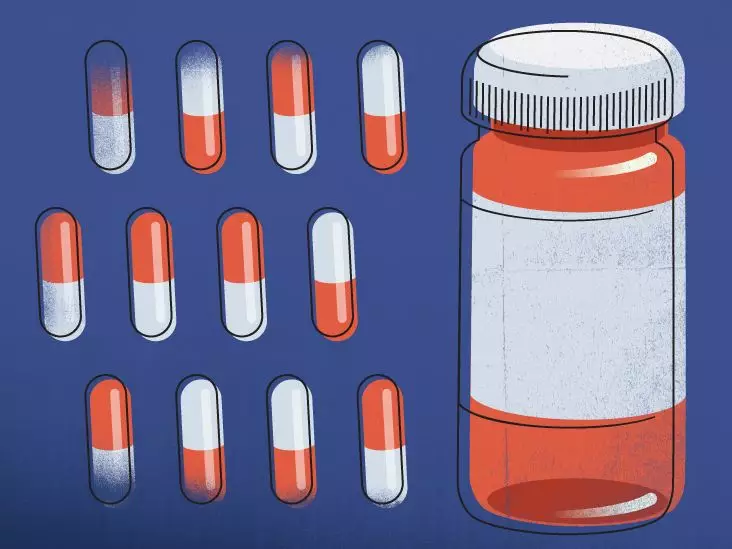The landscape of mental health treatment is intricate, often crisscrossed with both scientific research and anecdotal evidence. An essential aspect of this treatment journey involves understanding how medications like Prozac operate in the body, particularly their mechanism of action. This knowledge can empower individuals experiencing mental health issues, providing clarity on what to expect during their treatment. At its core, Prozac, a selective serotonin reuptake inhibitor (SSRI), addresses an imbalance of neurotransmitters—natural chemical messengers in the brain that regulate mood, thoughts, and behaviors. A low level of serotonin is often associated with conditions such as depression, obsessive-compulsive disorder (OCD), and anxiety.
In the realm of psychiatry, neurotransmitters act like the orchestra in a symphony, where each musician plays a crucial part in creating a harmonious sound. When serotonin levels drop, the music falters, leading to disordered thinking and emotional distress. Prozac works by increasing serotonin availability in the brain’s synaptic pathways, ultimately aiming to restore balance to this complex network.
From Anxiety to Relief: The Gradual Journey of Prozac
One palpable aspect of Prozac’s impact is its gradual effects. Many patients embark on their treatment journey with a glimmer of hope, only to find that relief does not come instantaneously. While the initial dose begins to work almost immediately, the full benefits can take weeks—commonly 6 to 12 weeks for OCD and 2 to 4 weeks for depression and panic disorders. The delayed gratification can be frustrating; however, it mirrors the nuanced nature of mental health recovery, which often requires patience and persistence.
As patients start to notice the cumulative effects of Prozac, they might discover that anxiety begins to lessen, and compulsive behaviors are not as overwhelming. This incremental progress can serve as a powerful reminder that recovery is not always linear but can contain sparks of improvement that encourage continued effort.
Individualized Recovery: The Subjectivity of Treatment
Every individual’s experience with Prozac is unique. General trends indicate that while some may find relief in their energy levels, sleep quality, or appetite before their mood stabilizes, others may experience changes in emotional states first. This variability underscores the importance of tailoring mental health treatment to each person’s specific needs.
In a groundbreaking 2021 study, researchers suggested that core symptoms like sadness and loss of interest often see improvement before other factors. Such findings highlight the urgency of ongoing communication between patients and healthcare providers. It’s crucial for individuals to voice their experiences and concerns, fostering a dialogue that can lead to more effective treatment adjustments.
A Cautionary Approach: The Importance of Consistency
Despite the promising potential of Prozac, it isn’t without its complexities. Consistency in taking the medication is vital. Abruptly ceasing use can lead to withdrawal symptoms, causing further distress during what can already be a vulnerable phase for many. Whenever treatment cessation is considered, consulting with a healthcare professional for a structured tapering plan is necessary.
Moreover, the lingering presence of Prozac in the body long after discontinuation, ranging from 3 to 11 weeks, emphasizes the importance of strategic management of the medication. This ensures a softer landing for those transitioning away from antidepressants and minimizes any potential for negative outcomes.
The dialogue around mental health medications like Prozac must include a nuanced acknowledgment of their power and limitations. As patients navigate their treatment journey, understanding the science behind these medications fosters an environment of informed choice and active participation in recovery. Embracing the complexity of mental health, coupled with the benefits of SSRIs, allows for a more holistic approach to obtaining wellbeing. By fostering a relationship with healthcare providers, patients can better advocate for their needs while embarking on their path toward healing and empowerment.

